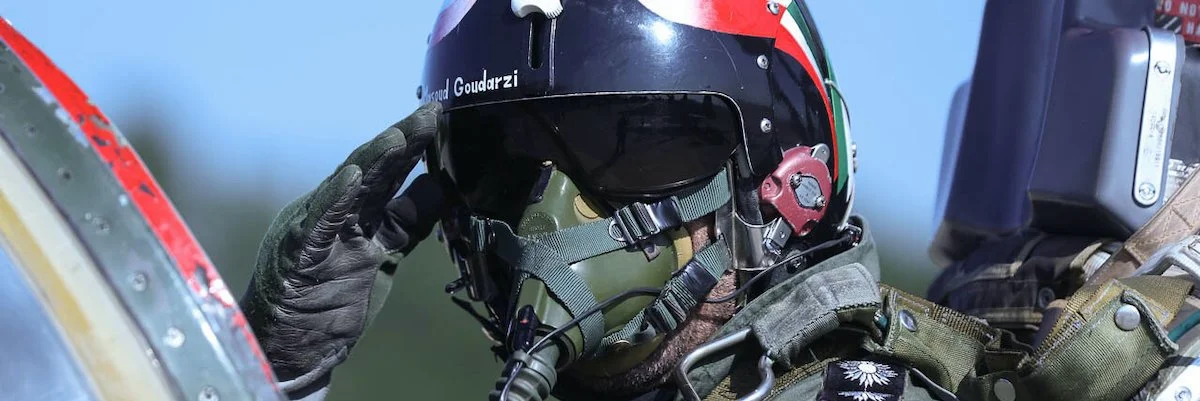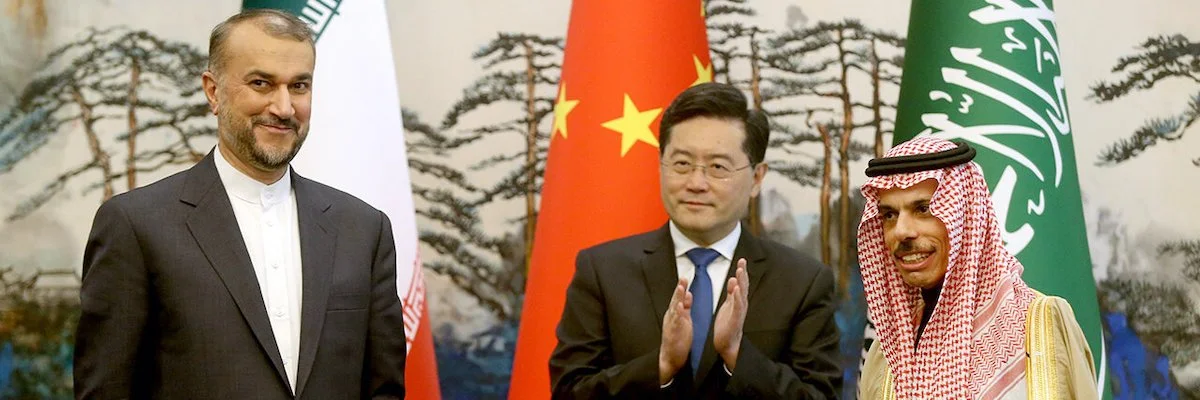SIPRI Has Revised Four Years of Data on Iran's Military Spending
SIPRI—the Stockholm International Peace Research Institute—has just published its “Yearbook” for 2022. The flagship annual publication offers civilian and military leaders around the world a way to compare military spending between countries and to gauge which countries are investing in greater military power.
Last year, I identified a major problem with the data about Iran’s military spending. The 2021 Yearbook estimated Iran’s military spending at $24.6 billion, a total that put it just above Israel in the rankings, as the 14th largest military spender in the world. This did not make sense.
Iran’s military, while posing a threat within the region, does so primarily because of inexpensive missile and drone systems and heavy reliance on proxy forces. Iran’s military lacks the kinds of advanced aircraft, armour, and other systems that are typically found in the arsenals of the world’s top military spenders.
A closer examination of the SIPRI data, and communication with SIPRI’s researchers, revealed that the Swedish think tank had been using the wrong exchange rate to convert Iran’s local currency military expenditures into dollar values. The researchers were using the “official” central bank exchange rate, which has for several years been a subsidised exchange rate used exclusively for the import of essential goods.
This common mistake has been rectified. SIPRI researchers note in the 2022 Yearbook dataset that they are using the NIMA exchange rate to convert to dollars, which results in a far better estimate of the Iranian state’s true purchasing power. The historical data has been corrected going back to 2018.
The impact of the correction is significant. The revised figures mean that instead of ranking as the 14th largest military spender in the world in 2021, Iran was actually ranked 39th. In 2022, spending totalled $6.8 billion. That is a mere fraction of the military spending of regional rival Saudi Arabia, which spends an estimated $75 billion. Iran even spends less on its military than regional minnow Kuwait.
SIPRI should be commended for making this correction. But in certain respects, the damage has been done. For several years their data was used to suggest that Iran posed a much greater threat to regional and global security than it truly did. A significant number of authoritative publications and news reports relied upon the SIPRI data to put Iran’s military spending in context and unfortunately used the inflated dollar totals published between 2018 and 2021. Those inflated figures conformed to a pervasive and convenient narrative—this may explain why the issue went unresolved for so long.
Photo: IRNA




